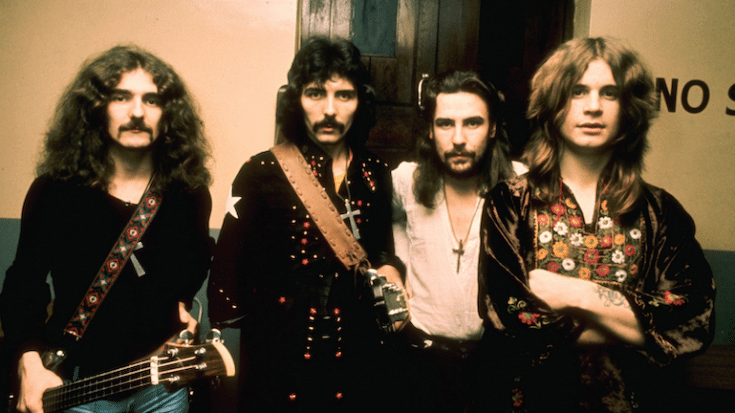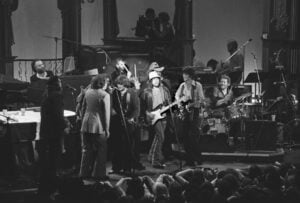How Black Sabbath Was Able To Change The Radio Forever

Black Sabbath, 1970s: Geezer Butler, Tony Iommi, Bill Ward and Ozzy Osbourne (Photo by Chris Walter/WireImage)
In 1970, Black Sabbath emerged with heavy riffs, eerie lyrics, and a powerful sound that marked a new era in music. The band’s formation in 1968 in Birmingham, England, came at a time when rock music was evolving. As The Beatles were nearing the end of their career and Brian Jones was still with The Rolling Stones, guitarist Tony Iommi and drummer Bill Ward found themselves in a music shop, intrigued by a flyer: “Ozzy Zig looking for a show, has own PA.” This ad led them to Ozzy Osbourne, a 20-year-old with a unique voice.
The band’s initial aim was to blend traditional rock with blues and psychedelia. With Tony Iommi on guitar, Bill Ward on drums, Geezer Butler on bass, and Ozzy Osbourne on vocals, they set out to create something different. Their experimentation led to a dark, brooding sound that distinguished them from other bands of the era. On February 13, 1970, Black Sabbath released their self-titled debut album. The opening track, “Black Sabbath,” with its ominous rain, thunder, and bells, set the tone for the band’s dark aesthetic. The song’s haunting riff was inspired by a nightmare Butler had after reading an occult book given to him by Ozzy.
Tony Iommi’s distinctive guitar sound, characterized by sinister melodies, was partly a result of a work accident that severed the tips of his fingers. To cope, Iommi fashioned homemade thimbles and adopted a lower guitar tuning, which became a signature of the band’s sound. The band’s debut album was recorded in just two days and quickly established them as pioneers of heavy metal. While traces of blues were present in tracks like “Evil Woman,” “The Wizard,” and “NIB,” the band’s lower tuning and the tight rhythm section of Butler and Ward created a unique, intense sound that broke new ground in rock music.
The album’s dark themes, combined with its release on February 13, enhanced its mysterious and eerie reputation. The cover art, featuring a mysterious woman, and the release date both contributed to the band’s association with the occult, despite this being more rumor than reality. Black Sabbath’s music reflected a gritty reality, far removed from the peace-and-love message of the hippie movement. Their sound, born in the industrial city of Birmingham, resonated with fans who were drawn to the band’s raw energy and unconventional style.
In the same year, Black Sabbath released their second album, Paranoid. Initially intended to be titled War Pigs, the band changed the name due to concerns about backlash in the United States, where anti-Vietnam War sentiment was high. The album’s title track, “Paranoid,” was written and recorded in just a few hours to fill a gap in the album. Despite its rushed creation, the song became one of the band’s most iconic tracks and a classic in heavy metal.
Tracing the roots of heavy metal music leads back to many influences, including distorted guitar sounds from bands like The Kinks and The Who, as well as lyrics with dark themes like those of Screamin’ Jay Hawkins. However, Black Sabbath was the first band to combine all these elements into a cohesive, heavy sound that laid the foundation for the metal genre. Their innovative approach and powerful music continue to influence rock and metal musicians to this day.













